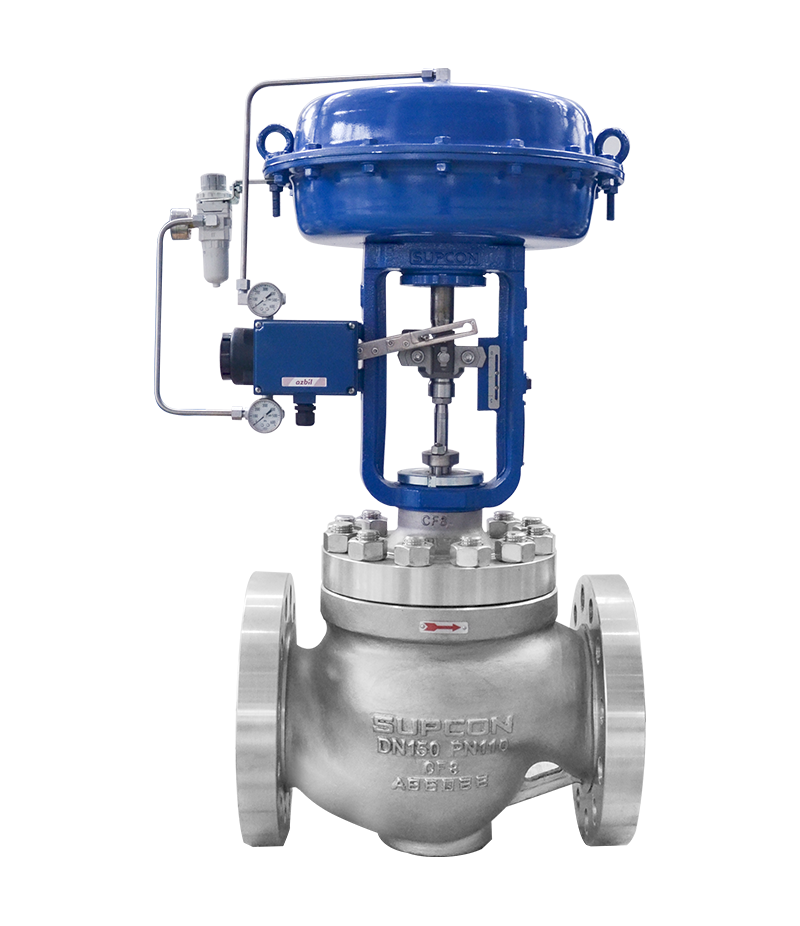Picking the Right Control Valves: An Overview to Optimum System Efficiency
Picking the Right Control Valves: An Overview to Optimum System Efficiency
Blog Article

Maximize Energy Savings and Convenience With Advanced Structure Automation Controls
In the realm of modern architecture and facility administration, the integration of sophisticated building automation manages stands as an essential advancement. The merging of innovation and sustainability has birthed a new age where power effectiveness, comfort optimization, and operational streamlining are no more far-off goals however obtainable realities. By utilizing the power of automation, buildings can adapt, react, and evolve in manner ins which were when unimaginable. The potential for considerable energy financial savings and enhanced convenience is not simply a possibility yet a guarantee waiting to be satisfied. This standard shift in structure administration holds the key to unlocking a world where environmental conscientiousness and passenger well-being sympathetically exist side-by-side within the walls of our structures.
Power Efficiency Perks
Power efficiency advantages can significantly decrease power usage and operational costs in buildings. Energy-efficient systems, such as sophisticated building automation controls, can enhance the use of sources like air conditioning, home heating, and illumination, leading to lower power expenditures over time.
In addition, boosted energy efficiency can lengthen the life-span of building equipment and systems. By operating more successfully, HVAC systems, lighting components, and various other building parts experience less damage, leading to decreased upkeep and replacement prices. Additionally, energy-efficient structures often regulate greater building worths and rental prices, offering long-lasting economic advantages to proprietors.
Additionally, energy effectiveness can improve occupant comfort and productivity. Properly controlled interior settings with optimum illumination and thermal conditions produce an even more pleasant and helpful work space, causing improved worker fulfillment and efficiency. Overall, the energy effectiveness advantages connected with sophisticated structure automation controls are multifaceted, encompassing cost savings, environmental stewardship, and occupant health.
Enhanced Comfort Control
Enhancing comfort control in building settings requires an advanced integration of advanced automation systems for optimum passenger health. By using sophisticated building automation controls, centers can tailor the indoor setting to satisfy the specific demands and choices of residents. control valves.
Improved comfort control surpasses standard temperature level changes. It includes functions such as customized setups, occupancy sensing units, and all-natural light use to create a receptive and dynamic setting. By incorporating these sophisticated controls, structures can not just boost comfort yet likewise enhance power effectiveness by enhancing system procedures based upon real tenancy and use patterns. Eventually, prioritizing passenger convenience via advanced automation systems causes a more pleasurable and much healthier interior atmosphere.
Functional Effectiveness Improvements

In addition, the implementation of real-time surveillance and analytics devices allows structure operators to determine power inadequacies and go to this website operational anomalies promptly. By continually monitoring energy use patterns and system performance metrics, adjustments can be made in real-time to maximize energy usage and ensure peak operational efficiency. control valves. Furthermore, incorporating demand action methods into structure automation controls can additionally enhance functional effectiveness by dynamically adjusting power usage based upon grid conditions and prices signals
Indoor Climate Optimization
Efficient indoor environment optimization is a fundamental element of structure automation controls, making certain occupants' comfort and health while maximizing power financial savings. By using advanced sensing units and controls, building automation systems can constantly readjust and check temperature, humidity degrees, air top quality, and air flow to create an optimum indoor atmosphere. Keeping comfy and consistent conditions not just enhances owner fulfillment but also enhances efficiency and total well-being.
Indoor environment optimization additionally plays a vital role in energy efficiency. By basics fine-tuning air flow, air conditioning, and home heating systems based on real-time information and tenancy patterns, developing automation controls can considerably reduce power usage - control valves. Carrying out methods such as demand-controlled air flow and thermal zoning can assist minimize energy waste while ensuring that each location of the structure gets the needed conditioning.

Lasting Environment Creation
Structure automation manages not just optimize indoor environment problems for energy performance and passenger comfort yet likewise lay the structure for creating a lasting environment via calculated management of systems and sources. By integrating innovative building automation innovations, such as sensing units, actuators, and intelligent software program, centers can monitor and readjust power usage in real-time to lessen waste and reduce their carbon footprint. These systems make it possible for anticipating maintenance, determining possible concerns before they rise and optimizing devices efficiency to boost longevity and effectiveness.
Moreover, sustainable environment development prolongs past power management to include water preservation, waste decrease, and interior air top quality improvement. Building automation controls can control water usage, identify leaks, and make sure proper waste disposal methods, adding to total sustainability efforts. Additionally, by regulating and checking air flow and purification systems, these technologies enhance resident health and productivity while why not try this out decreasing energy consumption related to a/c operations.
Final Thought
To conclude, advanced building automation regulates deal considerable benefits in terms of power financial savings, convenience control, operational efficiency, interior environment optimization, and creating a lasting setting. By carrying out these controls, buildings can accomplish optimal efficiency while minimizing energy usage and improving occupant convenience. It appears that the use of advanced automation technology is essential in improving building performance and creating an extra sustainable future.
Power effectiveness advantages can dramatically minimize energy usage and operational expenses in buildings. Overall, the power efficiency advantages connected with advanced building automation controls are diverse, including price financial savings, ecological stewardship, and occupant health.
In addition, incorporating need action techniques into structure automation controls can even more improve functional efficiency by dynamically changing energy use based on grid problems and prices signals.
Building automation controls not just enhance indoor climate problems for power effectiveness and passenger convenience yet likewise lay the structure for creating a lasting environment via calculated management of sources and systems.In conclusion, progressed building automation regulates offer significant advantages in terms of power cost savings, comfort control, functional efficiency, interior environment optimization, and producing a sustainable environment.
Report this page